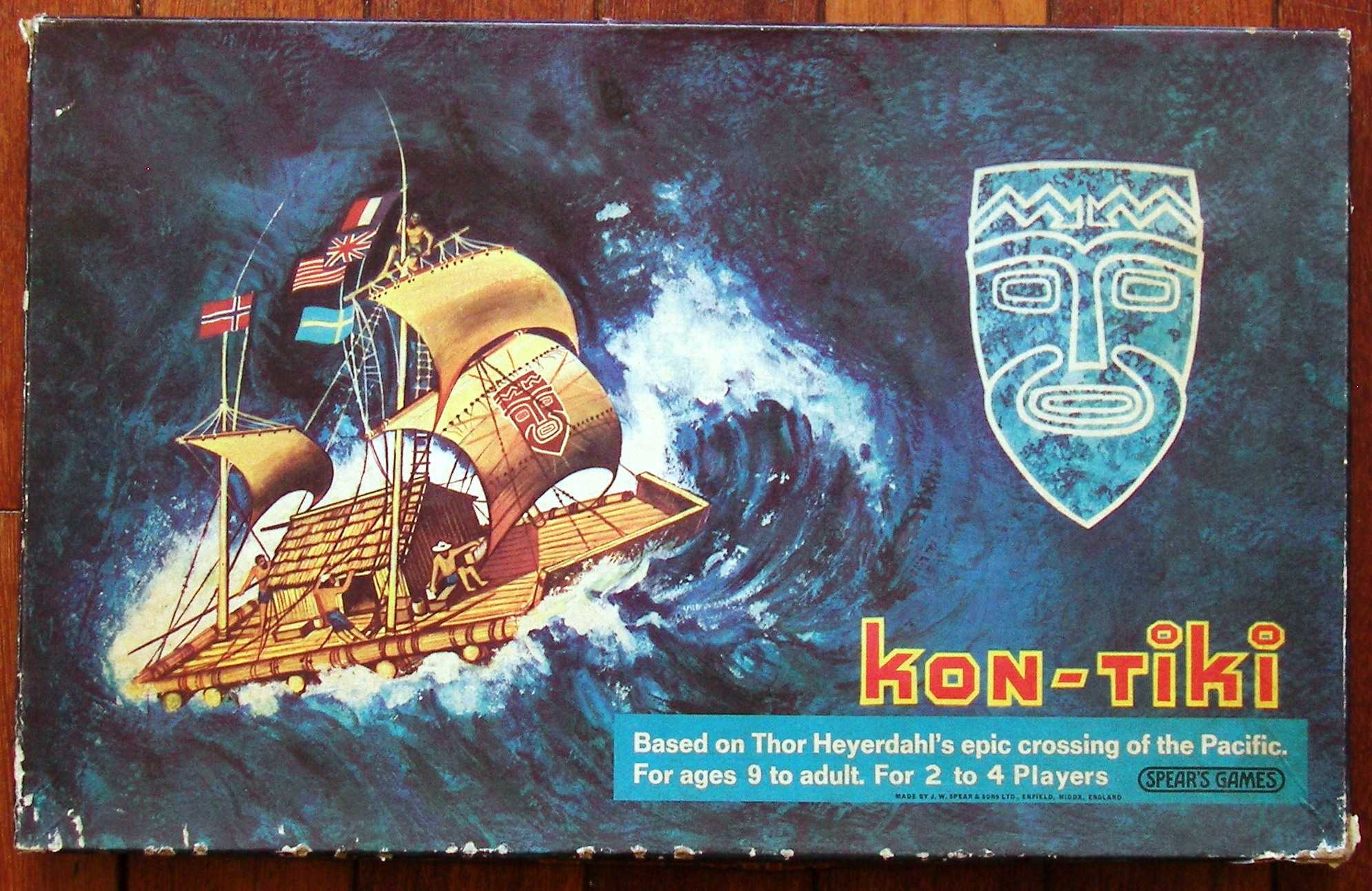
It appeared with great success in English in 1950, also in many other languages. It was published in Norwegian in 1948 as The Kon-Tiki Expedition: By Raft Across the South Seas, later reprinted as Kon-Tiki: Across the Pacific in a Raft. Thor Heyerdahl’s book about his experience became a bestseller. The crew made successful landfall and all returned safely. Heyerdahl and five companions sailed the raft for 101 days over 6,900 km (4,300 miles) across the Pacific Ocean before smashing into a reef at Raroia in the Tuamotus on August 7, 1947. Heyerdahl and a small team went to Peru, where, with the help of dockyard facilities provided by the Peruvian authorities, they constructed the raft out of balsa logs and other native materials in an indigenous style as recorded in illustrations by Spanish conquistadores. However, there is evidence of some gene flow from South America to Easter Island.The Kon-Tiki expedition was funded by private loans, along with donations of equipment from the United States Army. Archaeological, linguistic, cultural, and genetic evidence tends to support a western origin for Polynesians, from Island Southeast Asia, using sophisticated multihull sailing technologies and navigation techniques during the Austronesian expansion.

Heyerdahl’s hypothesis of a South American origin of the Polynesian peoples, as well as his “drift voyaging” hypothesis, is generally rejected by scientists today. Although the expedition carried some modern equipment, such as a radio, watches, charts, sextant, and metal knives, Heyerdahl argued they were incidental to the purpose of proving that the raft itself could make the journey. His aim in mounting the Kon-Tiki expedition was to show, by using only the materials and technologies available to those people at the time, that there were no technical reasons to prevent them from having done so.

Heyerdahl believed that people from South America could have reached Polynesia during pre-Columbian times. Kon-Tiki is also the name of Heyerdahl’s book, the Academy Award-winning 1950 documentary film chronicling his adventures, and the 2012 dramatized feature film nominated for the Academy Award for Best Foreign Language Film.

The raft was named Kon-Tiki after the Inca god Viracocha, for whom “Kon-Tiki” was said to be an old name.

The Kon-Tiki expedition was a 1947 journey by raft across the Pacific Ocean from South America to the Polynesian islands, led by Norwegian explorer and writer Thor Heyerdahl.


 0 kommentar(er)
0 kommentar(er)
